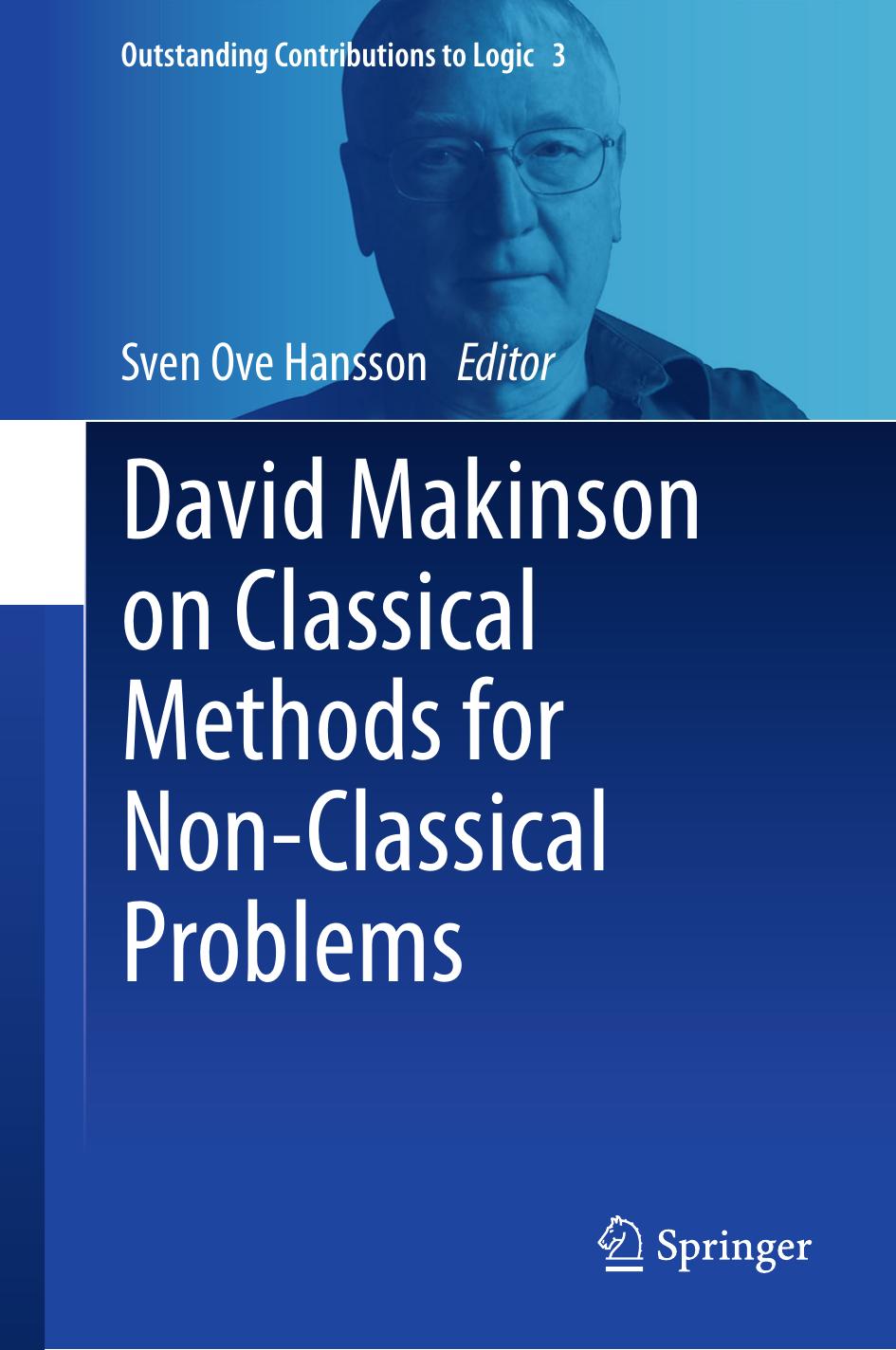David Makinson on Classical Methods for Non-Classical Problems by Sven Ove Hansson

Author:Sven Ove Hansson
Language: eng
Format: epub, pdf
Publisher: Springer Netherlands, Dordrecht
5.1 Betting for Profit
Recall from Sect. 4.4 above that de Finetti’s betting problem is so formulated as to force the (idealised) bookmaker to choose fair betting quotients. Publishing books with zero expectation is necessary and sufficient to protect the bookmaker from being forced into sure loss by rational gamblers, possibly through Swapping.
Fedel et al. (2011) investigate the relaxation of this first-order uncertainty modelling feature by considering a betting scenario in which bookmakers are motivated by making profit in a market-like environment. This clearly imposes the relaxation of Swapping so that gamblers can no longer choose the sign of the stake for their bets. Analogously, bookmakers are allowed to differentiate between buying and selling prices, thus giving rise to the notions of lower and upper probabilities which are well familiar from the theory of imprecise probabilities.38 How can the Choice Norm be instantiated for this (second-order uncertainty) for-profit betting problem? A simultaneous extension of classical Bayesianism to imprecise and fuzzy probabilities is carried out in (Fedel et al. 2011) by constructing the analytic framework of imprecise probabilities on top of a many-valued algebraic semantics. For present purposes I will limit myself to an informal discussion of how the notion of admissibility is arrived at and refer the interested reader to the original paper for precise mathematical details and for further motivation concerning the extension to fuzzy events.
The key idea, as anticipated above, is that the bookmaker publishes his book by assigning a pair of real numbers , intuitively interpreted as the sup of the buying price and the inf of the selling price, respectively, to all events in in the book. So a book (or a system of bets) is defined by a set of pairs such that for . In standard market models, the inequality between buying and selling prices is assumed to be strict, thus defining the so-called bid-ask spread (see e.g. Hasbrouck 2007). The assumption is variously motivated: from potential asymmetric information to the bookmaker’s need to cover fixed transaction costs. So, in the perspective of reducing the abstraction of the choice problem, it is very natural to consider bookmakers who set a positive spread. Note however that de Finetti’s framework is mathematically fully recovered when for all in the book.
The Choice Norm demands that we define an appropriate notion of admissibility that must be satisfied by any justified norm of belief for this refined class of for-profit betting problems. Let us begin by noting that de Finetti’s notion of coherence will not do. For, when publishing his book, the bookmaker knows that the (maximally idealised) gamblers have a choice between:(1)paying for the right to receive , i.e. betting on .
Download
David Makinson on Classical Methods for Non-Classical Problems by Sven Ove Hansson.pdf
This site does not store any files on its server. We only index and link to content provided by other sites. Please contact the content providers to delete copyright contents if any and email us, we'll remove relevant links or contents immediately.
Deep Learning with Python by François Chollet(14616)
The Mikado Method by Ola Ellnestam Daniel Brolund(11877)
Hello! Python by Anthony Briggs(11791)
OCA Java SE 8 Programmer I Certification Guide by Mala Gupta(11240)
Dependency Injection in .NET by Mark Seemann(11001)
Algorithms of the Intelligent Web by Haralambos Marmanis;Dmitry Babenko(9832)
The Well-Grounded Java Developer by Benjamin J. Evans Martijn Verburg(9420)
Grails in Action by Glen Smith Peter Ledbrook(9163)
Secrets of the JavaScript Ninja by John Resig Bear Bibeault(8594)
Test-Driven iOS Development with Swift 4 by Dominik Hauser(8309)
Becoming a Dynamics 365 Finance and Supply Chain Solution Architect by Brent Dawson(7993)
Microservices with Go by Alexander Shuiskov(7761)
Practical Design Patterns for Java Developers by Miroslav Wengner(7653)
Test Automation Engineering Handbook by Manikandan Sambamurthy(7608)
Kotlin in Action by Dmitry Jemerov(7263)
Angular Projects - Third Edition by Aristeidis Bampakos(7086)
The Art of Crafting User Stories by The Art of Crafting User Stories(6537)
NetSuite for Consultants - Second Edition by Peter Ries(6480)
Demystifying Cryptography with OpenSSL 3.0 by Alexei Khlebnikov(6255)
